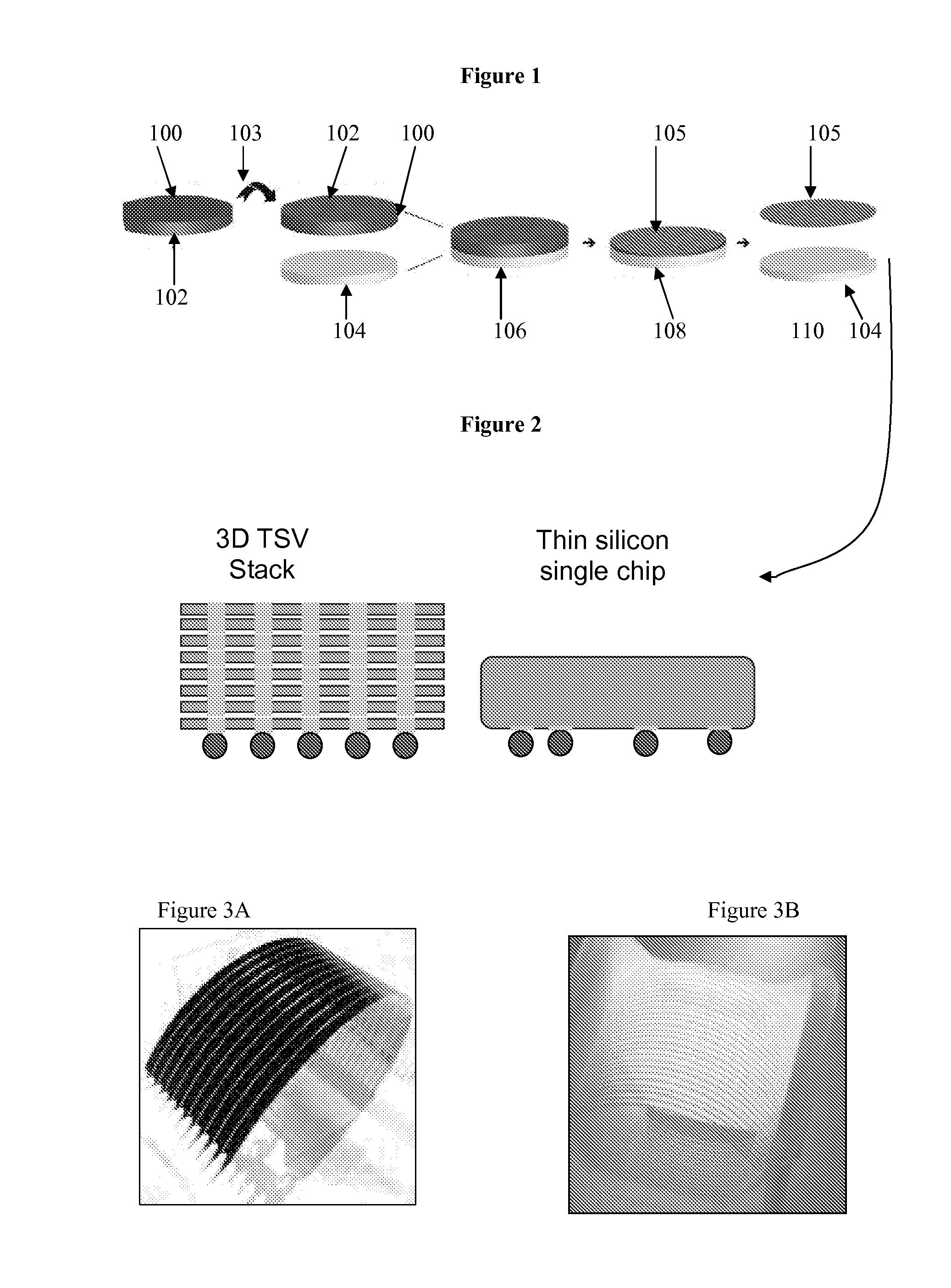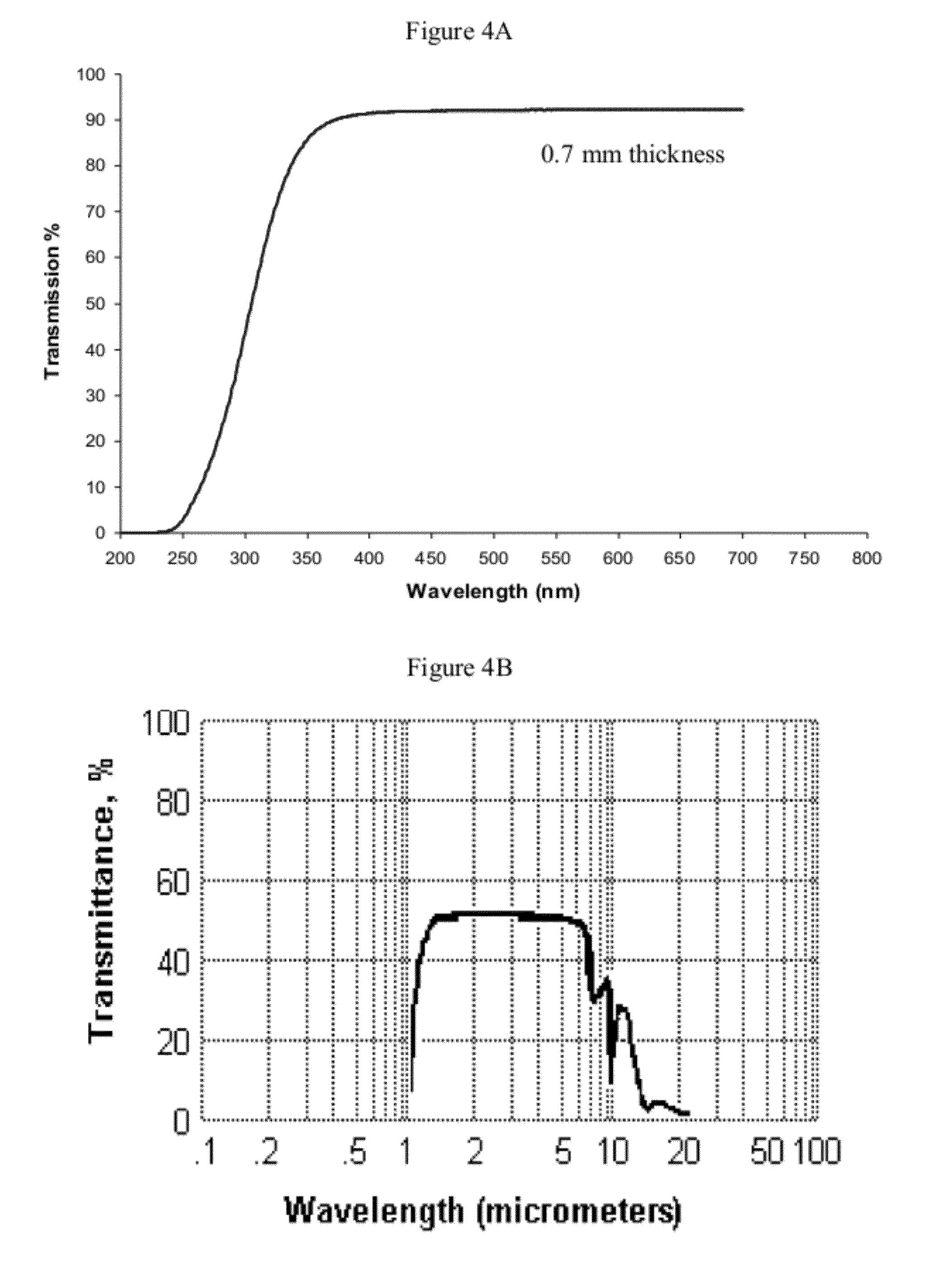Glass Wafers for Semiconductor Fabrication Processes and Methods of Making Same
a technology of glass wafers and semiconductors, applied in the field of glass wafers, to achieve the effect of improving the functionality of gripping the wafer
- Summary
- Abstract
- Description
- Claims
- Application Information
AI Technical Summary
Benefits of technology
Problems solved by technology
Method used
Image
Examples
Embodiment Construction
[0025]Herein, the formation of a circuit or an integrated circuit is used as an example of the use of glass carrier wafers in lithographic processes. In addition to circuitry or integrated circuits, the teachings herein are applicable to processes that can be used to produce other devices, including MEMS, LED, CIS, c-PV, memory, Logic ICs, RF / Analog ICs, microfluidic devices, microdisplays, Laser / VCSEL, fuel cells, microbatteries, power devices, and the like. For convenience, the term “coating” is intended to include films, coatings, or layers disposed on a surface. Generally, the coatings will involve an opaque coating that blocks light used in fabrication tool sensors, which ranges from the infrared to the visible to the ultraviolet (about 1300 nm to about 350 nm), or a transparent coating to change the dielectric properties of the wafer so that the wafer can be used with electrostatic chucks (e.g., a SnO2 coating for changing dielectric properties of the wafer).
[0026]The initial ...
PUM
| Property | Measurement | Unit |
|---|---|---|
| distance | aaaaa | aaaaa |
| temperature | aaaaa | aaaaa |
| temperature | aaaaa | aaaaa |
Abstract
Description
Claims
Application Information
 Login to View More
Login to View More - R&D
- Intellectual Property
- Life Sciences
- Materials
- Tech Scout
- Unparalleled Data Quality
- Higher Quality Content
- 60% Fewer Hallucinations
Browse by: Latest US Patents, China's latest patents, Technical Efficacy Thesaurus, Application Domain, Technology Topic, Popular Technical Reports.
© 2025 PatSnap. All rights reserved.Legal|Privacy policy|Modern Slavery Act Transparency Statement|Sitemap|About US| Contact US: help@patsnap.com



